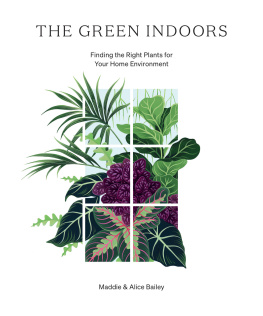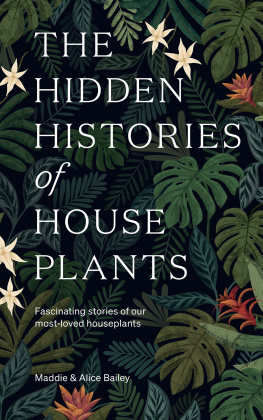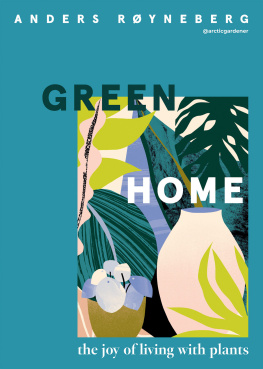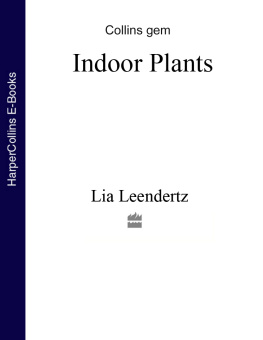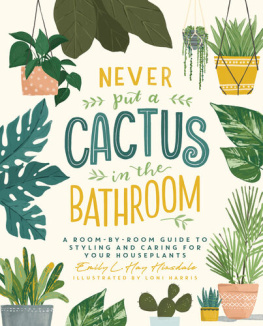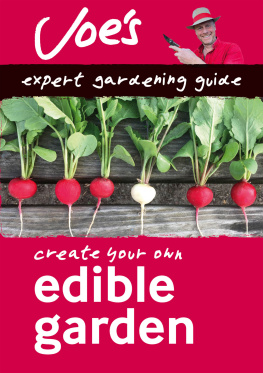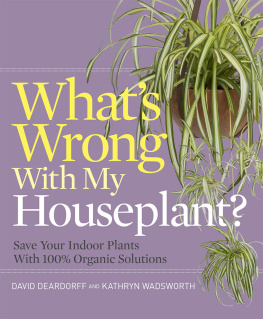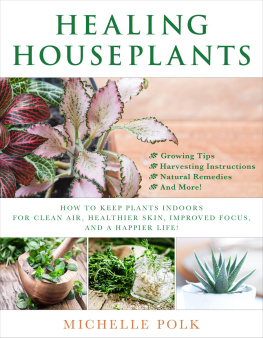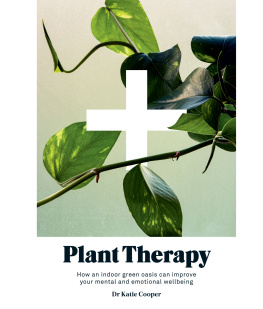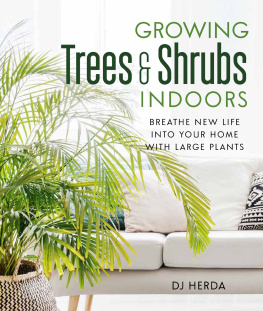Consider this: you have just bought a succulent from your local houseplant store and you arrive home and pop it in the place it looks nicest, in your shady bathroom on a shelf above the sink. Over a few weeks your succulent begins to look unhappy, even though youre following the watering instructions. The leaves go see-through and pale, and some may even be falling off. Sound familiar?
We have heard this story countless times while speaking to customers in our shop and weve experienced the same ourselves as houseplant growers. But after a few failures with tricky houseplants, we realised that while care is an important aspect of growing plants, the environment you place your plant in is paramount to making sure it has the best chance of success at home.
The satisfaction that comes from having a thriving houseplant far exceeds the desire to fill certain spaces in your home with the perfect plant especially since the perfect plant will quickly become imperfect in a place that doesnt suit its needs.
Now imagine you have come home with the same succulent from the houseplant shop and instead of putting it where it looks best, you first Google its name to find out how to look after it. You read that it originates from South Africa and you imagine being in South Africa (or rather, being a plant in South Africa): the sun is hot, the air is hot and the ground is dry there probably hasnt been any rainfall for quite some time. Looking around your home, you spot a bright windowsill in your kitchen and you pop your new plant down and leave it there for a couple of weeks without water. This might not be the place you envisioned for it, but over time, as you watch it thrive in the right conditions, you no longer wish it to be in any other spot.
By putting yourself in the metaphorical shoes of your houseplant, youre ensuring that your plant will live happily and that you also increase your own confidence as a houseplant grower. Over time, youll find that youre able to grow many of the difficult houseplants that youve lusted after.
My sister Alice and I were born into a family of horticulturalists and grew up in an environment filled with flowers, plants and nature. Our childhoods were often spent on our Dutch grandfathers nursery, running around harvesting fruits and vegetables and helping out in the glasshouses. Opa (as we call him) inspired our mother, Fran, to study horticulture, and she went on to set up The Fresh Flower Company.
As children, we often worked weekends helping our mum out with weddings, and took weekly trips to the market to buy both cut-flowers and houseplants. After finishing school, Alice joined our mum at The Fresh Flower company to learn about cut flowers and flower arranging.
In 2013, Alice and Fran founded a houseplant store, Forest. I (Maddie) then joined the family business after finishing my own studies in horticulture in 2015. Over the years, the business grew, as did our interest in houseplants. And while researching the best ways to cultivate our plants at home, we found that the majority of blogs, plant care websites and houseplant books put watering and light above all other components in houseplant cultivation.
After trialling the tips and tricks provided, we found that lots of our houseplants were still suffering at home, and some of our customers and friends were struggling to keep their plants alive based on the care information that theyd looked up as well.
To try to understand our houseplants better, we decided to dig deeper, and after a few years of research and trial and error, we discovered that while light and water played a vital part in houseplant care, humidity, air flow and temperature all played an equally important role when growing plants indoors. For example, the succulent placed in the humid, low light bathroom would always be unhappy (since succulents come from desert environments) even if you followed the watering guidelines.
This research inspired us to write The Green Indoors, a guide to understanding your own home environment, as well as your plants original natural environment and then combining the two to find the perfect plants for your space.
In the first section, we talk you through how to recognise where your plant has come from by looking at its physical features, and explain how your plants grow naturally in their native environments. Youll get an insight into what this means for your plants at home, and understand how a plants natural environment can affect other aspects of houseplant cultivation. The beginning of the book is a great place to learn more about the origin, history and background of your houseplants.
In the difficult environments that many of us struggle to find the right plants for. In this section we explain the best ways to cultivate each plant along with interesting facts and beautiful pictures. Get stuck into these plant profiles if youre trying to choose the perfect plant for a problematic spot.
Finally, the is there to help you revive struggling plants. With illustrations and symptoms to guide you through potential problems, this is a great section to explore if youre trying to pinpoint what went wrong.
Our book is for both long-term plant enthusiasts and beginners who arent sure where to start. And we hope it will not only to give you more rounded knowledge of plants, but will inspire you to grow the plants you never thought you could.
Knowing the type of environment your plant comes from is key to looking after it, but its not always possible to pinpoint the original native habitats of our houseplants we may not know a plants name or just be too be busy to do the research. Luckily, it is still possible to work out the right conditions for your houseplants simply by looking at their leaves, stem and habit of growth. By making an informed guess about the climate your plants have adapted to, you can work towards recreating those conditions for them at home.
Lets take a cactus as an example: with a thick, succulent (water-storing) stem and leaves with such a heavily reduced surface area that theyve turned into spines, we can assume that they can withstand long periods of drought and strong sun. At home, this means a cactus only needs watering when the soil has been dry for some time, and prefers a sunny windowsill over a dark corner.
While it can be helpful to understand the needs of your plant by looking at it, its important to remember that visual characteristics can change due to environment. For example, a succulent thats been stuck in a dark spot is likely to grow towards the nearest natural light source (a phenomenon known as phototropism), elongating its stem and changing its structure altogether to adapt to an unsuitable environment.
By observing and understanding these behaviours linked to physical appearances we can begin to work towards finding more suitable places for our plants to live and we can learn to recognise when a space weve chosen isnt quite right and becomes damaging to our plants health.
Some of the most recognisable plant adaptations have formed over millennia in response to available light and water, and this is the most important thing to focus on when finding the right spot for your houseplants. Other adaptations have developed as a way for the plant to deal with extreme weather, exposure and protection from herbivores and pests.
Adaptation (noun)
the process of change by which a species becomes better suited to its environment
Oxford Dictionary

